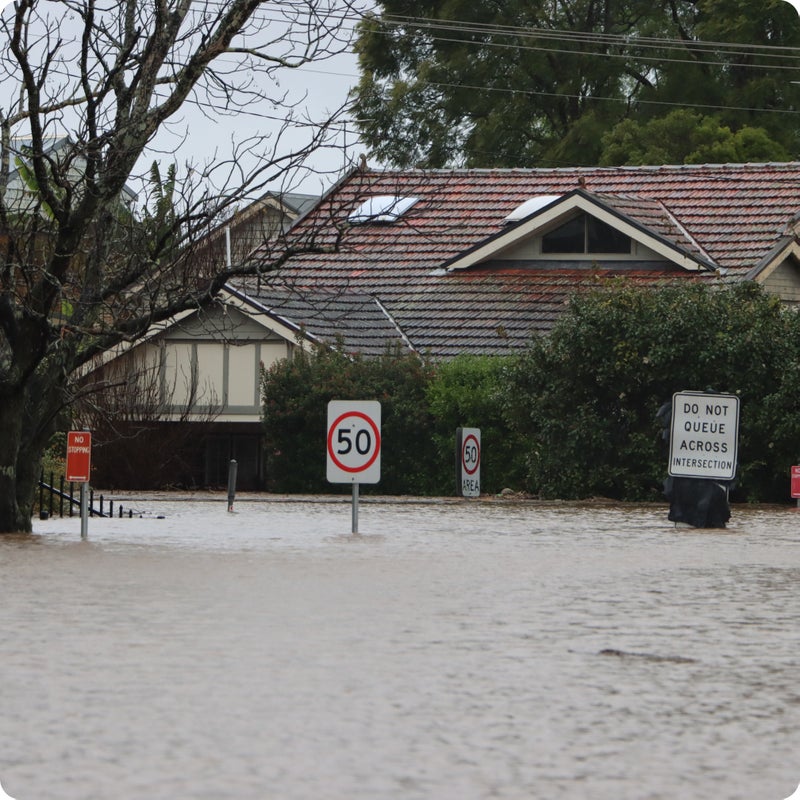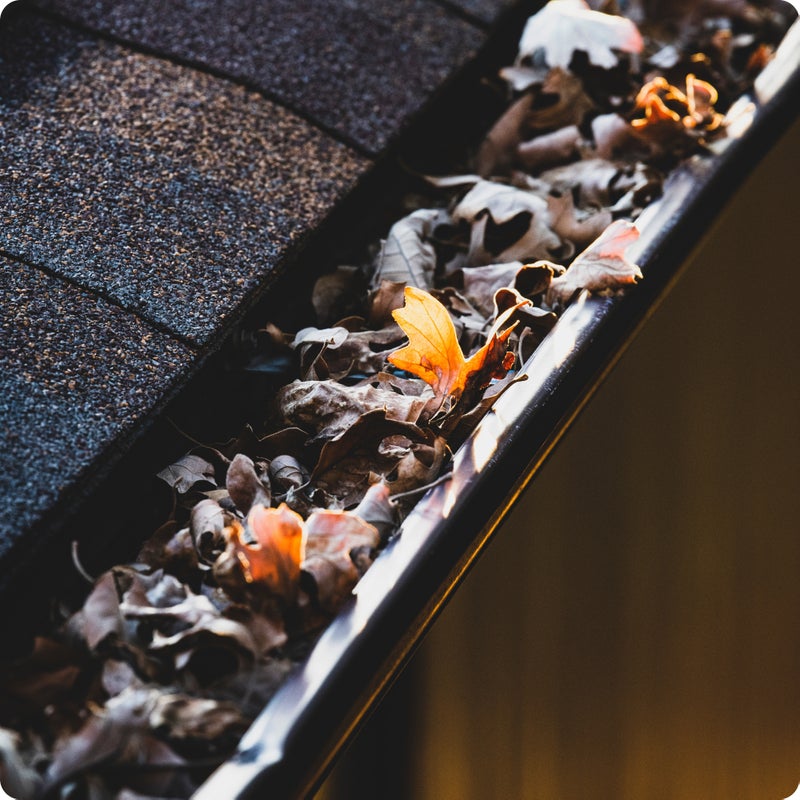Tips to Protect Your Home or Building from Rain and Floods
09 Sep, 2022
Understand How Water Moves Around Your Building Or Home
It is important to determine how water flows around your building or house when it rains, or better yet, before it rains. Water will either run towards your home or away from it, the latter being the ideal scenario. Whether or not this happens mainly comes down to the slope or grading of the ground surrounding the exterior walls where they touch the ground. If the ground around the home isn’t sloped correctly and you notice water accumulating, you may want to look into ways of correcting the slope or putting in drainage to handle moving water away from the building envelope. A common place for water to get in is runoff from a driveway. Installing a strip drain in-front of a garage can move water away and keeping it from inside. On a wet day, walk around your property to observe how water is behaving.
Keep Drains, Gutters, And Downspouts Clean
Another strategy to keep water away from your building or home is to ensure that the drains, gutters and downspouts are clear. This involves clearing them of any debris like leaves, dirt, sticks, garbage, etc. so that water can flow freely. Installing gutter guards and leaf screens can be effective in preventing debris build up and blockages.
Ensure Water Valves Are Installed And Working
To ensure that no sewage water backs up into your building or home, it is recommended that an exterior or interior back-flow is installed. It is advised to install valves on all pipes entering the house or building.
Keep Electrical And Climate Systems Safe
If your building or house floods, you will want to make sure that any electrical or climate systems are safe. The best way to do this is to ensure things like your air-condition units, water heater, circuit breakers, etc. sit above the predicted flood level. Know or predict your property’s flood level, and then ensure these electrical and climate systems sit at least above the expected flood level.
Other Services

Carpet Cleaning
Using unique carbonisation technology, less water for a fast dry time and no harsh chemicals or detergents, Chem-Dry can breathe life into your carpets. Regular cleaning is key to making sure your carpets don't ugly out before they wear out.
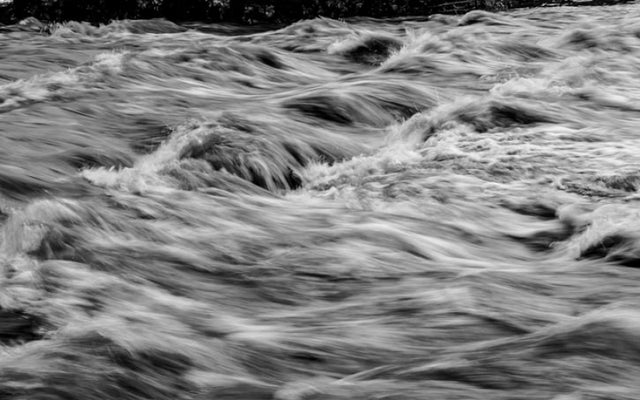
Flood & Water Restoration
Offering a 24/7 Emergency Flood Response Service, our experienced professionally trained team will extract the water quickly, help move furniture, dry carpets, flooring, walls and ceilings using our industrial air movers and de-humidification equipment, and if needed, will arrange to re-stretch and lay your newly dried carpet, finishing with a deep clean and sanitisation.
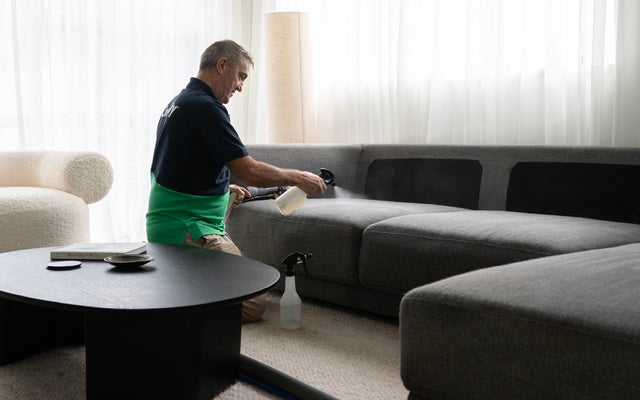
Upholstery Cleaning
Freshen up your furniture with a quick drying, deep clean. Upholstery & mattress cleaning will lift those pesky stains, less than fresh smells and will bring the vibrance back to your dull and grubby couch, sofa, mattress and dining chairs.

Sanitise, Deodorise & Protect
Just as you clean your benchtop to keep a healthy home, do the same for your carpet, floors and upholstery with our sanitisation service that eliminates unhealthy bacteria. Strong and less than fresh smells can be dealt to with our deodorisation treatment that doesn't just mask the smell, but removes them for good. Finally, protect your carpet and upholstery from stains with our trio of stain blockers.

Pet Urine & Odour Removal
These can be the most stubborn smells and stains to remove but left untreated, are a breeding ground for bacteria and can attract the naughty reoffenders back again. Our unique PURT treatment provides consistently excellent results on even the most severe urine damage.
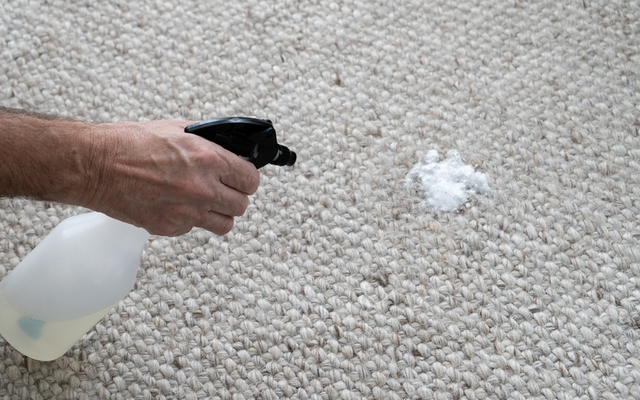
Specialty Stain Removal
Most spills, spots and marks on carpet and upholstery are easily removed with Chem-Dry’s basic cleaning. However, sometimes difficult stains such as paint, lipstick and permanent marker require special treatment including situations where DIY Stain Removal Corrections are called for. Using an arsenal of safe and effective stain removal products with the most innovative equipment, Chem-Dry can knock most tough stains out of carpets, rugs and upholstery for good.

Specialty Rug Cleaning
Rugs can be a focal point for a room but overtime foot traffic, stains and spills can cause them to be a focal point for all the wrong reasons. Being intricate in design and construction, our trained technicians use the right tools and a high level of care to bring them back to their original beauty.
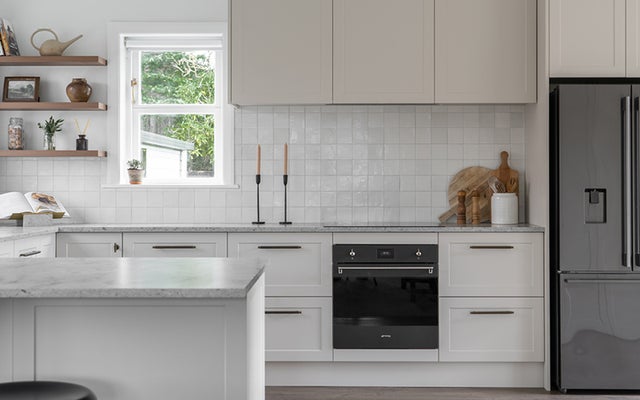
Tile & Grout Cleaning
Porous grout, tile and stone can act like a magnet for dirt, dust and grimy particles. A professional clean every 12-18 months will reduce the amount of effort it takes you to keep these areas looking clean.

Leather Cleaning
Look after your investment with our Certified Leather Specialists. We will identify your furniture's leather type and select products specifically designed to clean and remove soil build-ups and other stain causing elements. We'll then condition and protect your leather to revitalise its natural beauty and feel.

Fire & Smoke Restoration
Even a small fire can make a big mess, leaving a strong smoke smell, soot, smoke damage, water and other debris. It is important to identify and eliminate smoke and fire residues using correct techniques to save costly replacements and repairs in the long run.
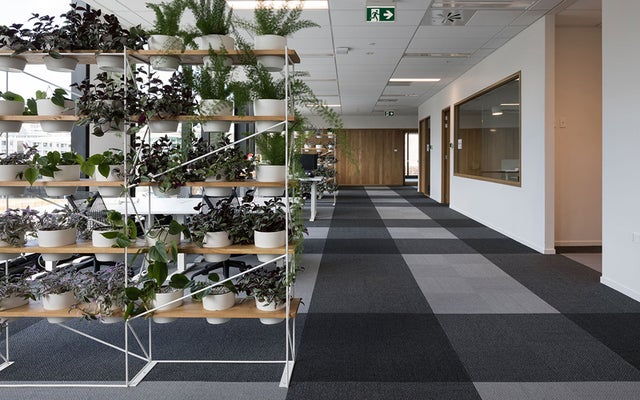
Commercial Carpet Cleaning
Chem-Dry delivers cleaning solutions to commerical applications throughout New Zealand every day. Our technicians can be found across the country working in the healthcare sector, rest homes, hotels and hospitality, schools, cinemas, retail, airports and on tens of thousands of insurance claims each year, to name just a few.
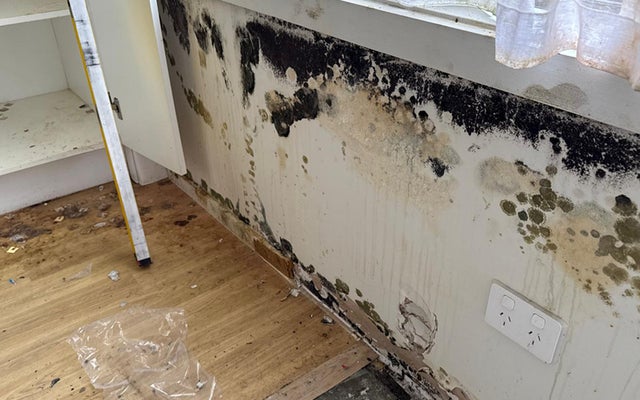
Mould Removal & Remediation
Mould can develop in indoor environments when moisture levels are high, and if not addressed, it may affect both the condition of your home and overall indoor air quality. This can cause health issues for some people and secondary damage to, in most cases, your greatest asset, your home. Chem-Dry offers professional mould remediation services designed to effectively treat affected areas and help maintain a healthier living space.

Trauma & Biohazard Cleaning
In moments of crisis, whether it’s the aftermath of an accident, crime scene or the delicate situation of an end-of-life event, the last thing you should worry about is the cleanup. Chem-Dry is here to help you navigate the cleanup process with professionalism, care, and discretion. With Chem-Dry, your property is in the hands of a trusted IICRC certified team who will deliver biohazard cleaning and decontamination to help restore your environment to a safe, healthy state.

